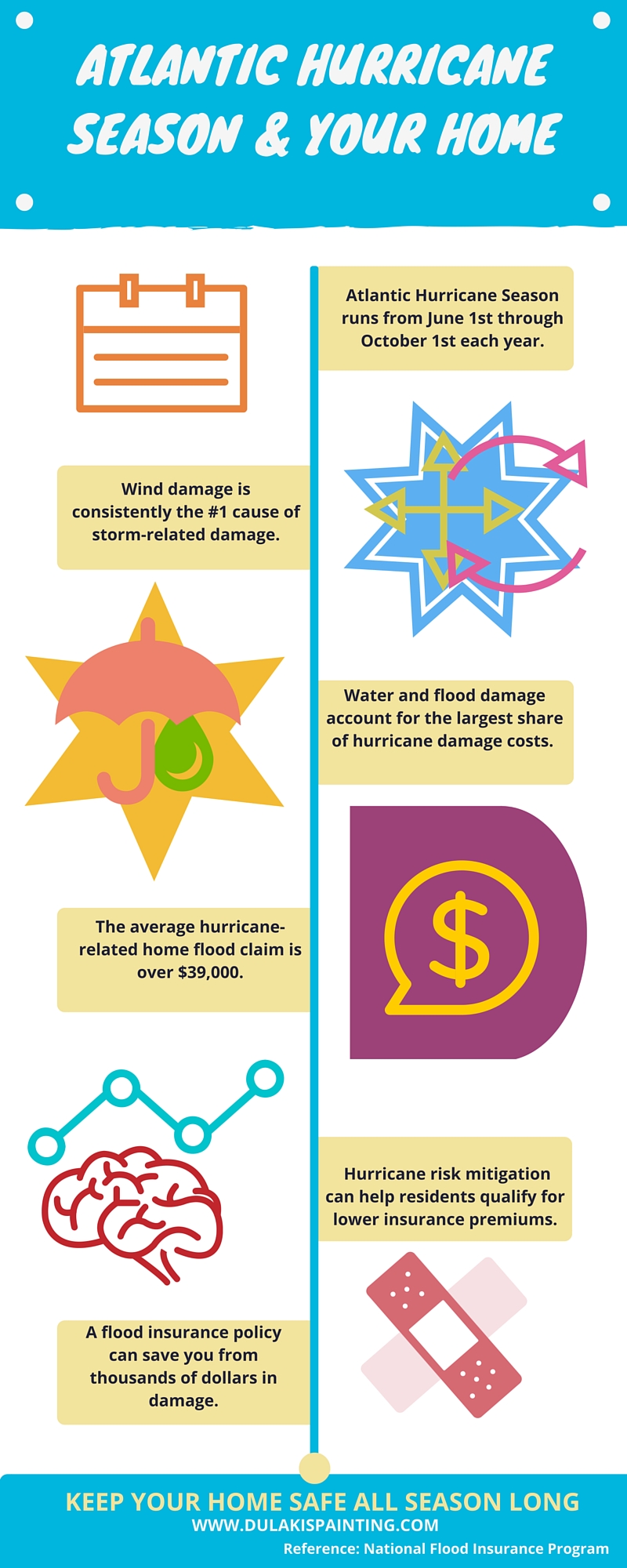Comprehending Seasonal Influences On Commercial Exterior Paint: Vital Knowledge For Success
Comprehending Seasonal Influences On Commercial Exterior Paint: Vital Knowledge For Success
Blog Article
Short Article Author-Regan Whalen
When you're planning an industrial outside painting project, seasonal elements can make or break your outcomes. You'll intend to consider just how temperature level and humidity effect paint application and drying times. Choosing the ideal season can ensure your paint sticks appropriately and lasts much longer. But which seasons are really the best for this sort of job? Let's check out the crucial elements that can impact your project's success.
The Influence of Temperature on Paint Application
When you're intending a business exterior paint job, the temperature can considerably affect how well the paint adheres and dries.
Preferably, you intend to paint when temperature levels range between 50 ° F and 85 ° F. If it's too chilly, the paint may not treat properly, leading to concerns like peeling off or cracking.
On the other hand, if it's as well hot, the paint can dry out too quickly, avoiding proper attachment and causing an irregular finish.
You should also consider the time of day; early morning or late afternoon supplies cooler temperature levels, which can be a lot more beneficial.
Always check the manufacturer's recommendations for the certain paint you're using, as they often provide support on the ideal temperature level array for optimum outcomes.
Moisture and Its Result on Drying Times
Temperature level isn't the only ecological variable that influences your industrial external paint project; moisture plays a significant duty as well. High moisture degrees can reduce drying out times considerably, impacting the overall top quality of your paint work.
When the air is filled with moisture, the paint takes longer to treat, which can lead to concerns like inadequate attachment and a higher danger of mold growth. If you're repainting on a specifically damp day, be gotten ready for extended delay times between layers.
It's essential to keep an eye on neighborhood weather conditions and strategy as necessary. Preferably, go for moisture degrees between 40% and 70% for optimum drying out.
Keeping these factors in mind ensures your project remains on track and delivers a lasting surface.
Best Seasons for Commercial Exterior Painting Projects
What's the best time of year for your business external paint jobs?
Spring and very early autumn are usually your best bets. Throughout these periods, temperature levels are light, and moisture degrees are often lower, producing ideal conditions for paint application and drying out.
Avoid summer's intense heat, which can cause paint to completely dry also rapidly, bring about bad adhesion and surface. Similarly, wall painters can prevent correct drying and treating, risking the long life of your paint task.
Go for days with temperature levels in between 50 ° F and 85 ° F for optimum outcomes. Keep in click the up coming website to inspect the regional weather forecast for rain, as wet problems can wreck your task.
Planning around painting near me ensures your paint job runs smoothly and lasts longer.
Final thought
Finally, planning your industrial outside painting tasks around seasonal factors to consider can make a substantial difference in the outcome. By https://dallasvsydi.blogspothub.com/33442557/exactly-how-to-ready-your-home-for-expert-painting-providers throughout the perfect temperature levels and moisture levels, you'll guarantee better attachment and drying times. Remember to keep an eye on regional weather report and pick the right time of year-- spring and early autumn are your best options. Taking these actions will certainly assist you attain a resilient and expert coating that lasts.
